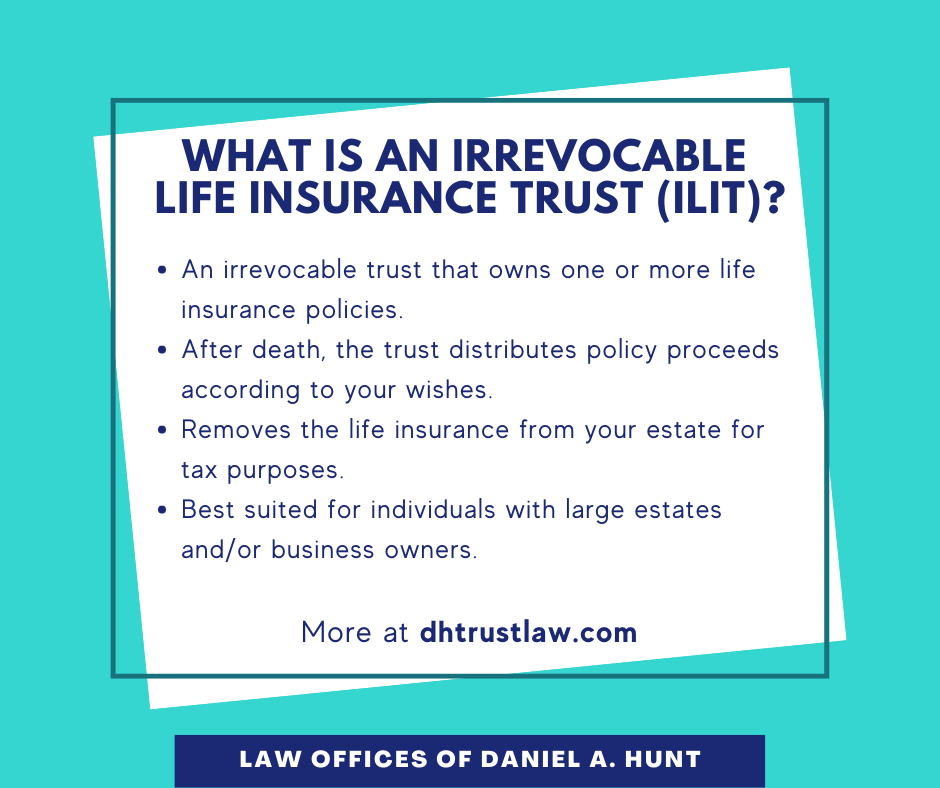The Single Strategy To Use For Pacific Prime
Table of ContentsThe Ultimate Guide To Pacific PrimePacific Prime Things To Know Before You Get ThisThe Ultimate Guide To Pacific PrimeGetting The Pacific Prime To WorkFacts About Pacific Prime Revealed

This is due to the fact that the data were collected for a duration of strong economic efficiency. Of the approximated 42 million individuals that were uninsured, just about about 420,000 (concerning 1 percent) were under 65 years old, the age at which most Americans become qualified for Medicare; 32 million were grownups between ages 18 and 65, around 19 percent of all grownups in this age; and 10 million were children under 18 years of age, regarding 13.9 percent of all youngsters (Mills, 2000).
These price quotes of the number of individuals uninsured are produced from the yearly March Supplement to the Current Populace Study (CPS), conducted by the Census Bureau. Unless otherwise kept in mind, national estimates of people without medical insurance and percentages of the populace with various kinds of coverage are based on the CPS, the most commonly utilized source of quotes of insurance policy protection and uninsurance prices.
A Biased View of Pacific Prime

Still, the CPS is specifically valuable due to the fact that it generates yearly price quotes reasonably promptly, reporting the previous year's insurance policy coverage approximates each September, and since it is the basis for a constant set of price quotes for even more than twenty years, enabling evaluation of trends in coverage over time. For these reasons, along with the considerable usage of the CPS in other researches of insurance policy protection that are provided in this report, we count on CPS estimates, with constraints noted.

The estimate of the number of without insurance people increases when a population's insurance standing is tracked for a number of years. Over a three-year period beginning early in 1993, 72 million individuals, 29 percent of the U.S. https://stieuys-rhuiets-scriank.yolasite.com/. populace, were without coverage for at the very least one month. Within a solitary year (1994 ), 53 million individuals experienced at least a month without protection (Bennefield, 1998a)
Six out of every ten uninsured grownups are themselves utilized. Although working does enhance the chance that a person and one's member of the family will certainly have insurance coverage, it is not a guarantee. Even members of households with two permanent wage earners have almost a one-in-ten possibility of being uninsured (9.1 percent without insurance rate) (Hoffman and Pohl, 2000).
The Basic Principles Of Pacific Prime
New immigrants represent a substantial proportion of individuals without medical insurance. One analysis has actually connected a significant part of the recent growth in the dimension of the united state uninsured population to immigrants that showed up in the nation in between 1994 and 1998 (Camarota and Edwards, 2000). Current immigrants (those that involved the USA within the previous four years) do have a high rate of being without insurance (46 percent), however they and their kids account for simply 6 percent of those without insurance across the country (Holahan et al., 2001).
The relationship in between medical insurance and access to care is well developed, as documented later on in this phase. Although the relationship between medical insurance and wellness outcomes is neither direct nor easy, a considerable medical and wellness solutions study literary works web links medical insurance coverage to improved access to care, better quality, and enhanced personal and population wellness standing.
Degrees of analysis for analyzing the results of uninsurance. This discussion of health insurance coverage concentrates mostly on the U.S. populace under age 65 since basically all Americans 65 and older have Medicare or other public coverage. It concentrates particularly on those without any kind of health and wellness insurance policy for any kind of length of time.
The Greatest Guide To Pacific Prime
The problems encountered by the underinsured are in some areas similar to those dealt with by the without insurance, although they are normally less extreme. Health and wellness insurance, however, is neither essential nor adequate to obtain access to clinical solutions. The independent and straight result of health insurance policy coverage on accessibility to health solutions important site is well established.
Others will obtain the healthcare they require even without medical insurance, by spending for it out of pocket or seeking it from companies that offer care totally free or at highly subsidized prices. For still others, medical insurance alone does not make certain invoice of care as a result of various other nonfinancial barriers, such as an absence of healthcare service providers in their area, limited access to transport, illiteracy, or linguistic and cultural distinctions.
The 8-Second Trick For Pacific Prime
Official research about uninsured populations in the United States dates to the late 1920s and early 1930s when the Board on the Price of Medical Care produced a series of reports about financing doctor workplace brows through and hospitalizations. This problem ended up being prominent as the varieties of clinically indigent climbed throughout the Great Clinical depression.